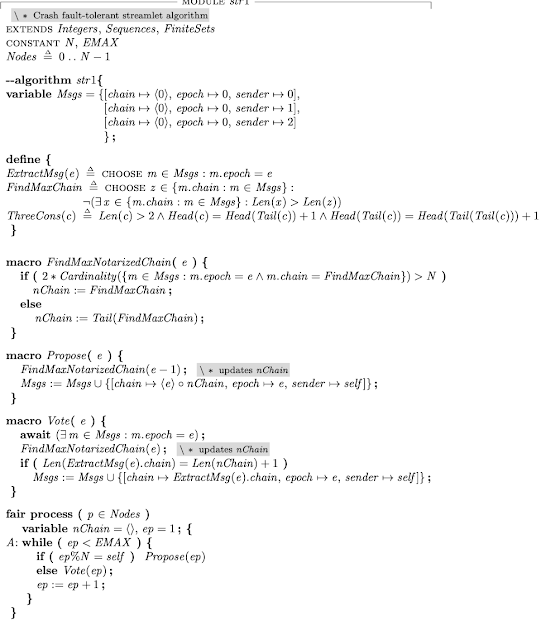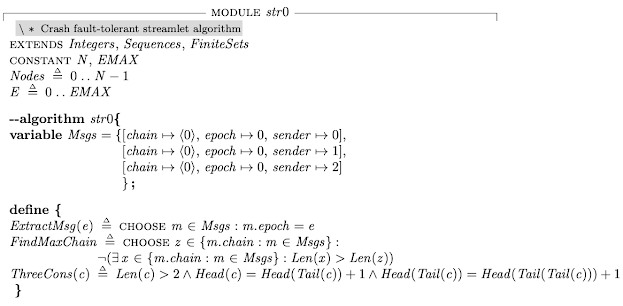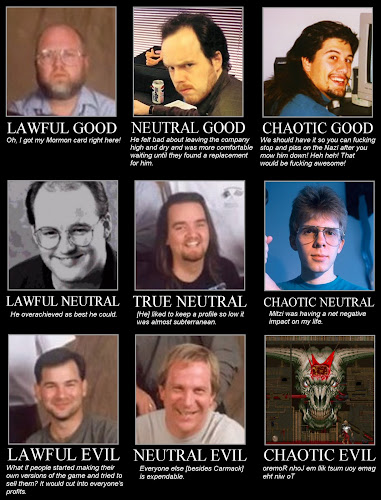The great work of your life, by Stephen Cope
I finished listening to this book 10 days ago. I liked this book a lot while listening to it. Now, I am having second thoughts. The book uses the Bhagavad Gita (a 700-verse Hindu scripture dated to the second century BCE) as a source/starting point to dispense advice about how to have a fulfilling life and career. The Gita is a dialogue between Krishna and Arjuna right before the start of the climactic Kurukshetra War in the Hindu epic Mahabharata. Two massive armies have gathered to destroy the other. The Pandava prince Arjuna asks his charioteer Krishna to drive to the center of the battlefield so that he can get a good look at both the armies and all those "so eager for war". He sees that some among his enemies are his own relatives, beloved friends, and revered teachers. He does not want to fight to kill them and is thus filled with doubt and despair on the battlefield. He drops his bow, wonders if he should renounce and just leave the battlefield. He turns to his chari








